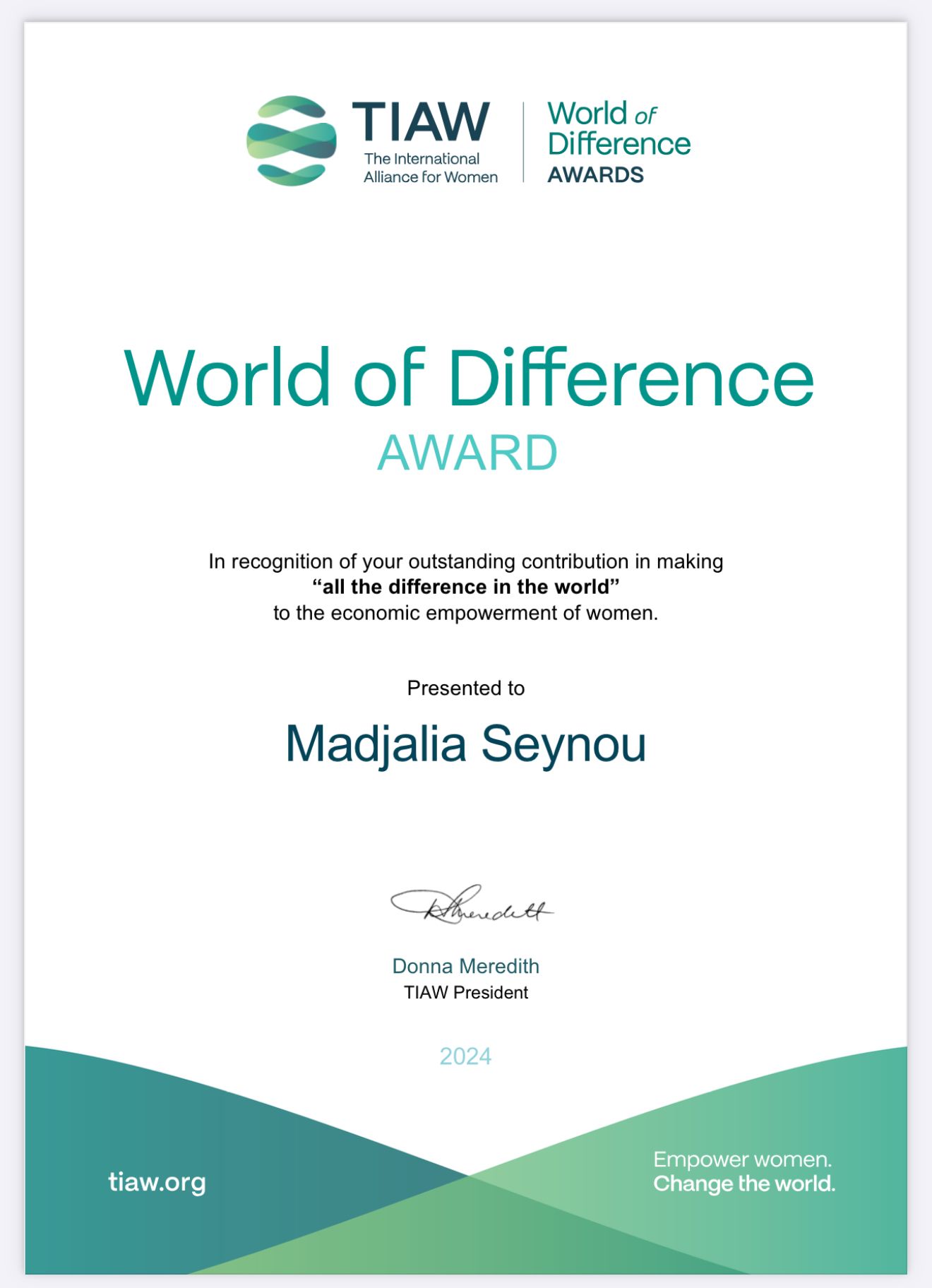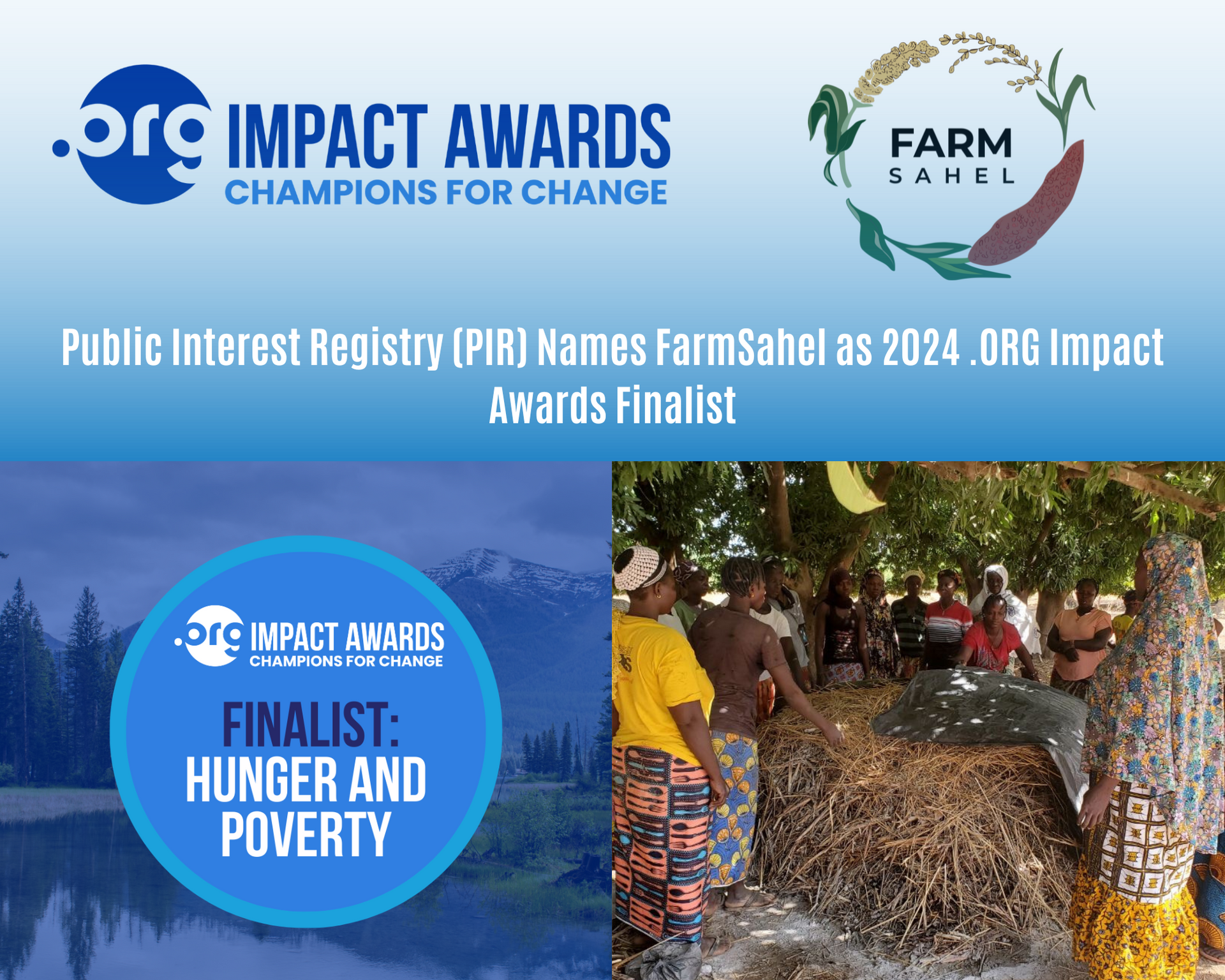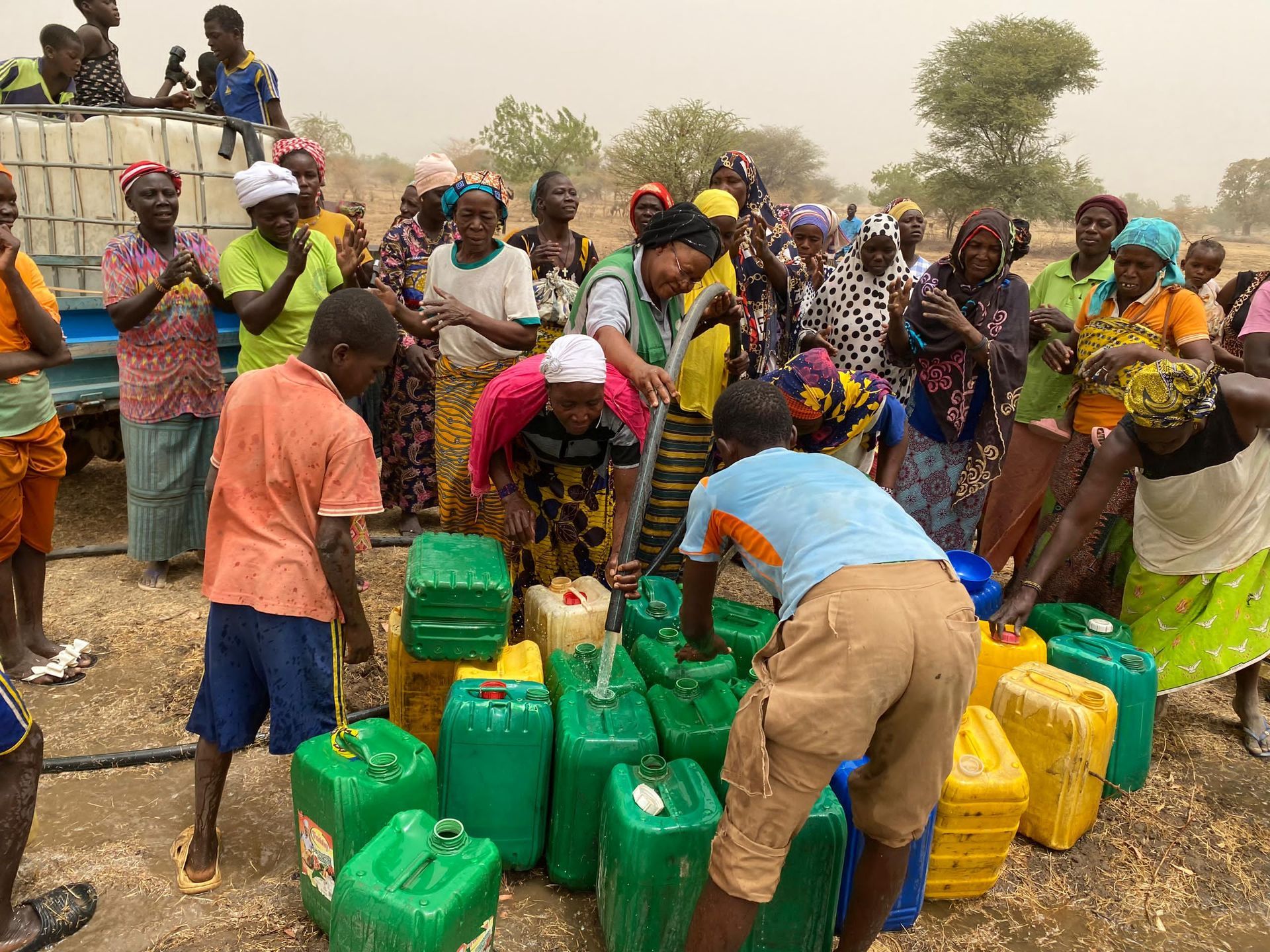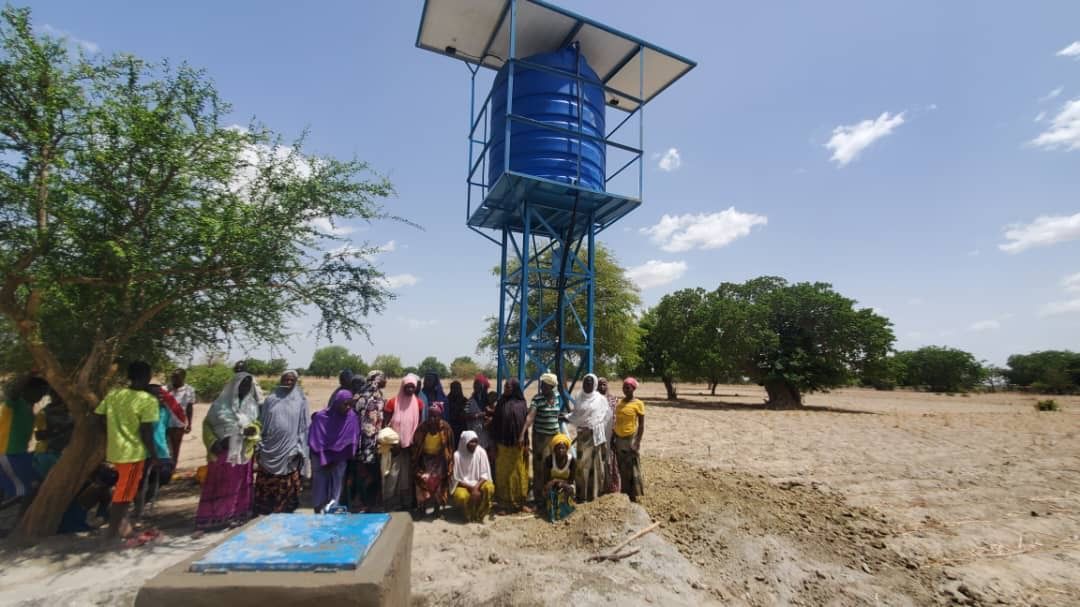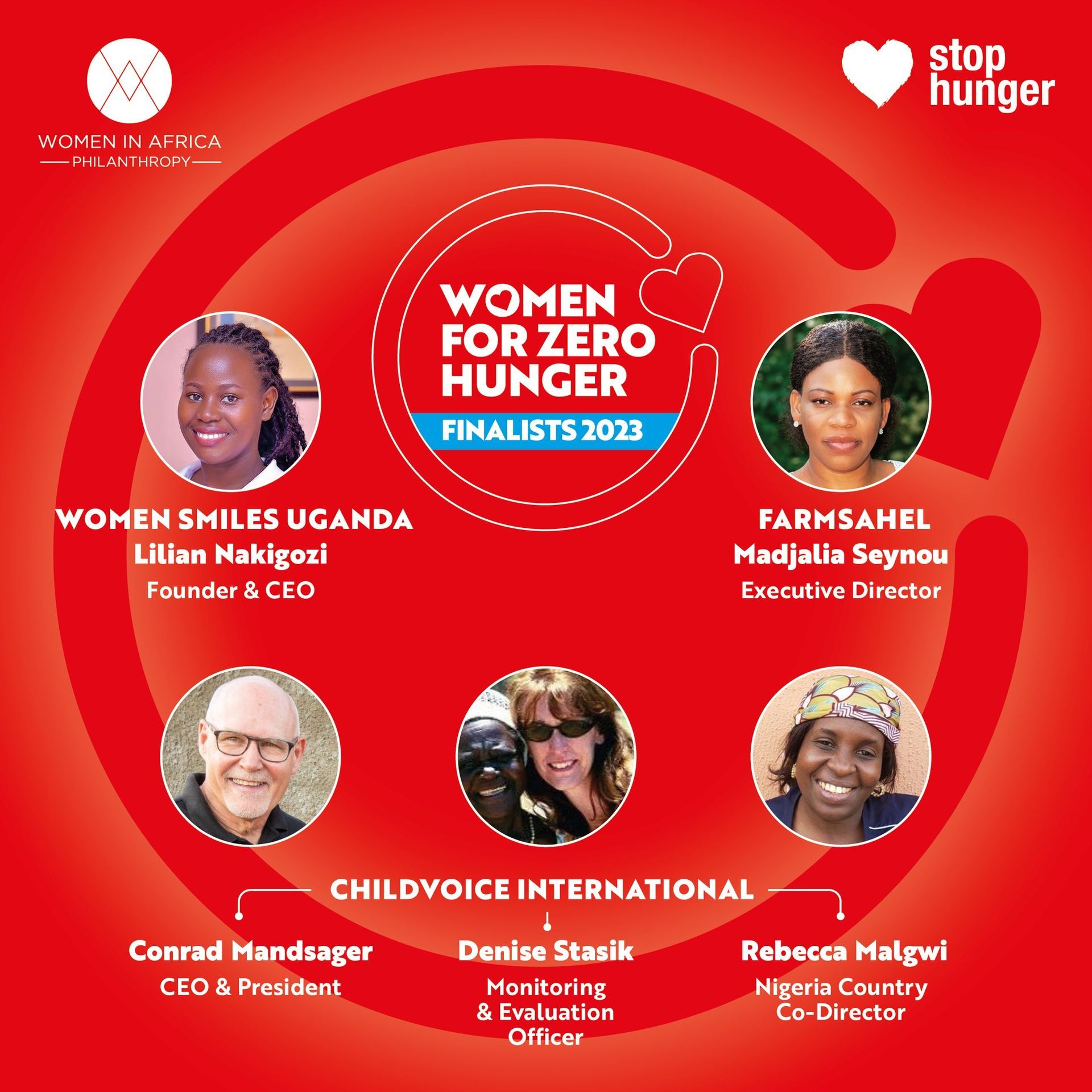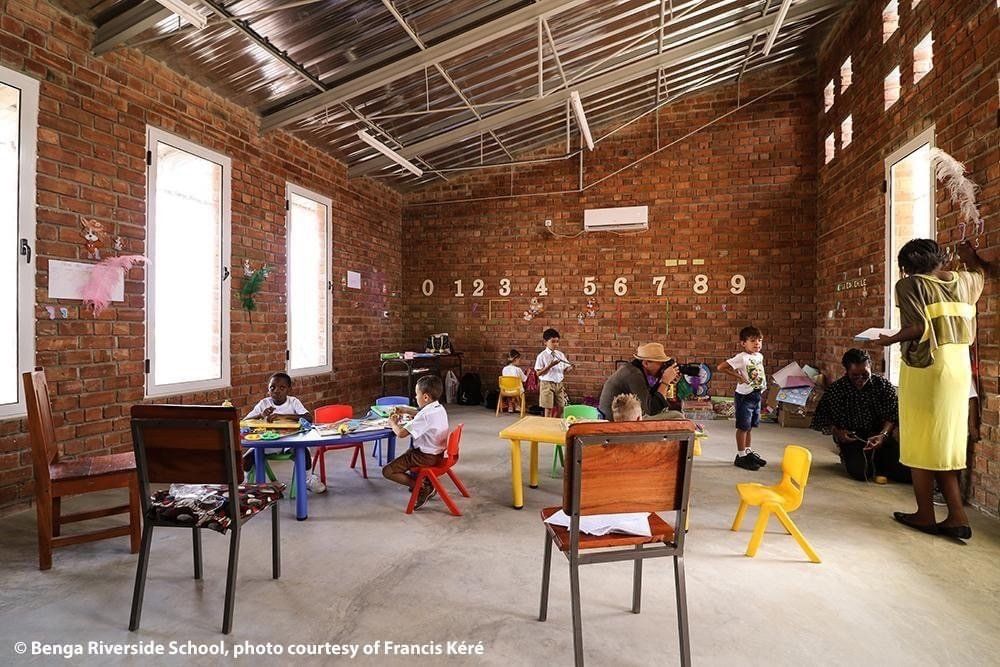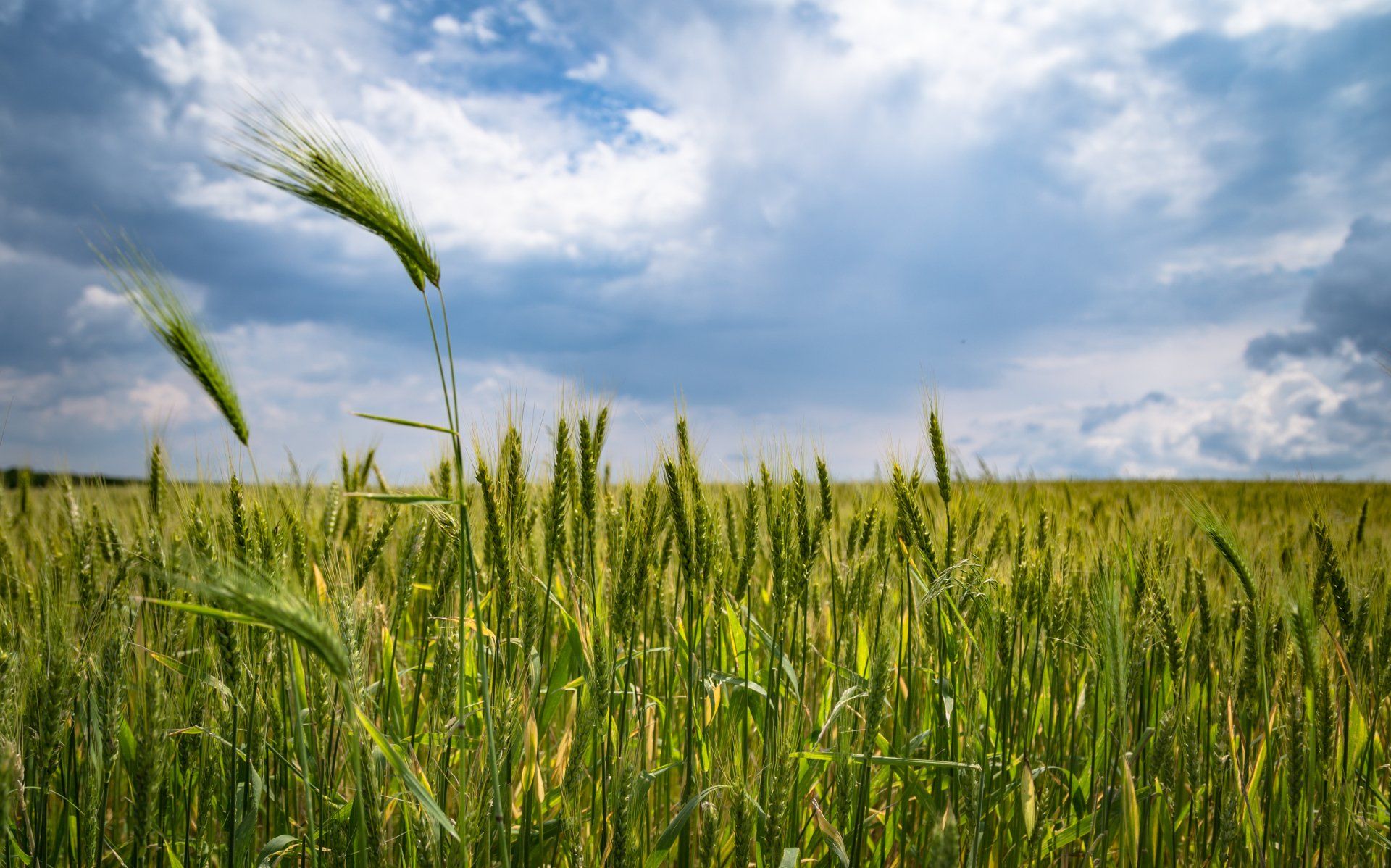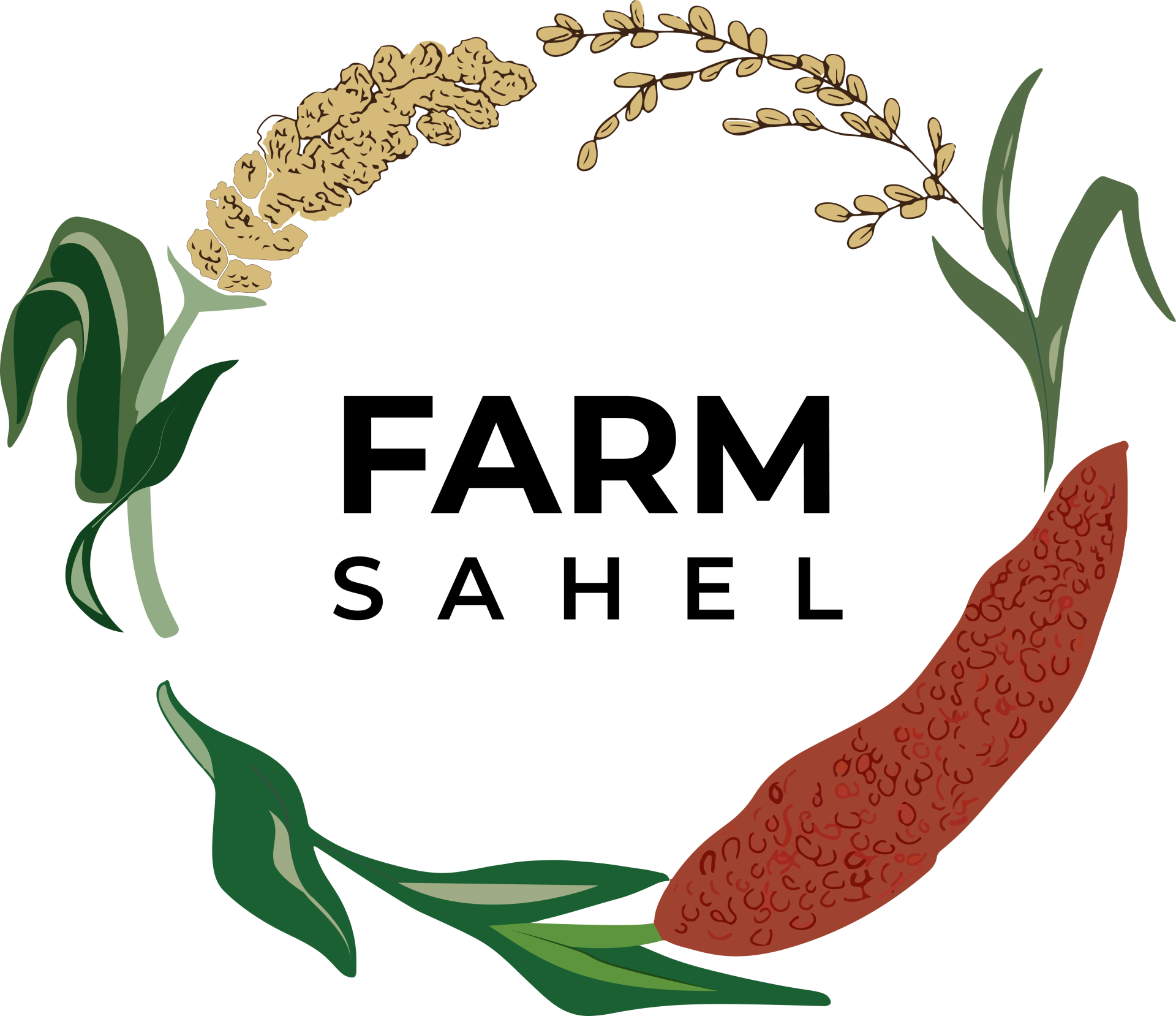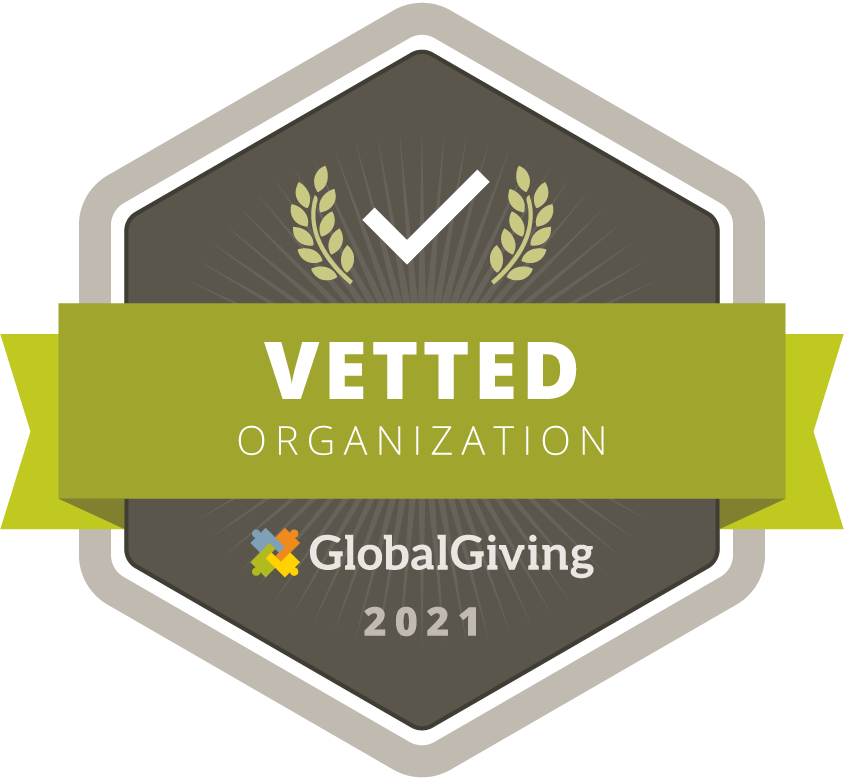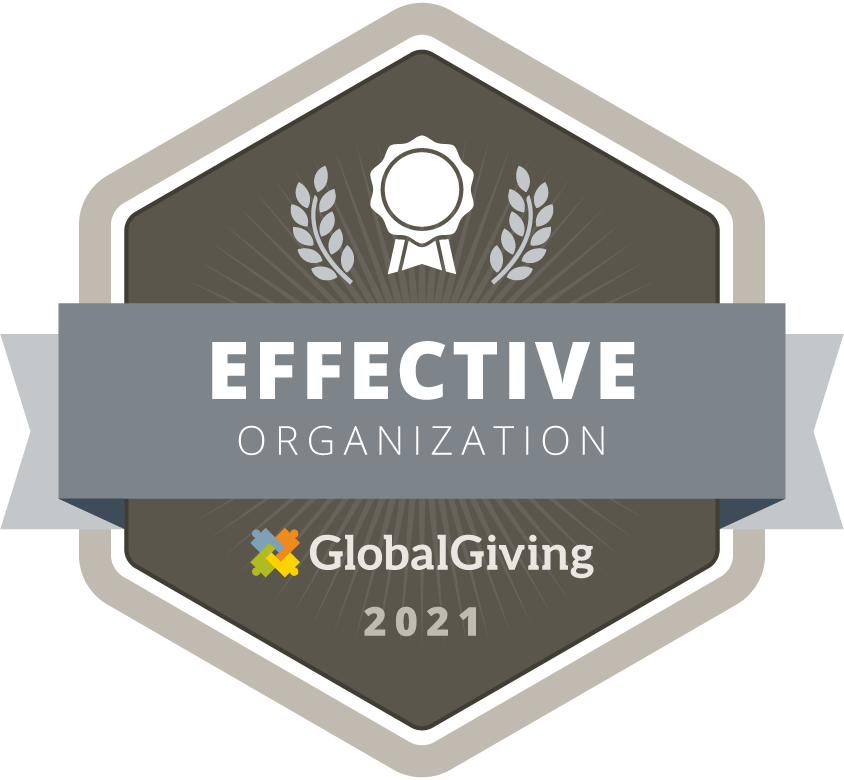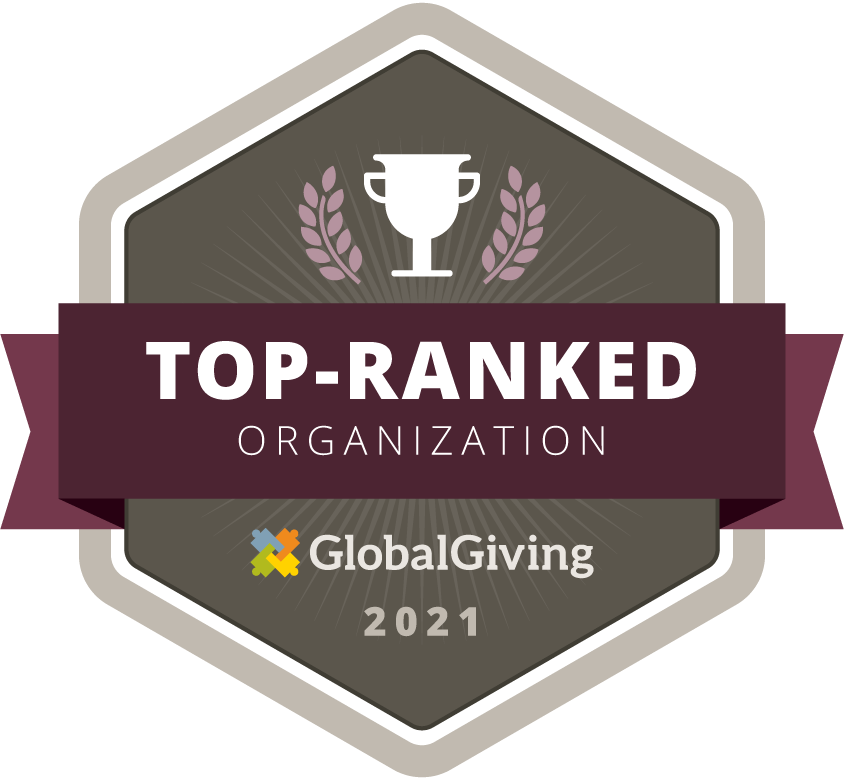How did COVID-19 affect African Economies?
During the past 16 months, the entire world faced daunting socio economic challenges amidst the COVID-19 pandemic. On December 30th 2019, an epidemiological alert was issued by the Chinese Wuhan local health authority of the emergence of a new strand of the coronavirus, which causes what has come to be known as coronavirus disease 2019 (COVID19). Africa's first case of COVID-19 was recorded in Egypt in February 2020, followed by Nigeria in late February 2020. Early in March 2020, Algeria, Cameroon, Morocco, Senegal, South Africa, Togo and Tunisia reported positive cases. Soon enough, the virus spread to all over Africa and to other parts of the globe. While most people residing in the US are aware of the extent to which the pandemic affected the US economy, not many know of how it affected Africa’s. How was the pandemic handled by Africa’s government and how exactly is the economy recovering now?
Prior to the pandemic, Africa’s GDP growth rate of 3.6% was not enough to accelerate economic activity and reduce poverty. For the past two decades, Africa’s growth per capita had been largely dependent on domestic demand rather than increases in productivity. As a result, at the onset of the crisis in early 2020, the majority of Africa’s largest economies slowed down. While a few countries such as Ethiopia and Rwanda were showing high growth rates, they were rare exceptions to Africa’s deteriorating economic state. Both the oil and non-oil sectors became sluggish in countries like Nigeria and Angola, weighing down economic activity.

Similarly to previous pandemics, COVID-19′s channels of economic impacts include demand side and supply side channels. Demand side channels portray the effects on consumption,
investment, trade, and travel. With a newfound uncertainty spread across the globe, it was no surprise that people were working through avoidance and caution. On the other hand, supply side channels capture workforce and supply chain disruptions, countless business closures, and rising costs of doing business (World Bank, 2020). Africa has been hard hit by the COVID19 pandemic, with the African Development Bank estimating that economic growth in the continent shrank by 2.1% in 2020. Economic growth is forecast to resume at a moderate average pace of 3.4% in 2021 before leaping to 4.6% in 2022 (see Figure 1), underpinned by an expected rebound in domestic demand.
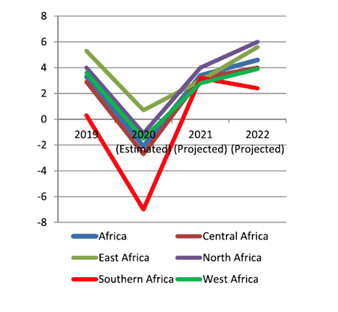
Figure 1: Africa- growth rates and projections
Apart from the 2.1% decline in economic growth in Africa, the African Development Bank (2021c) noted large exchange rate depreciations occurring partly due to disruptions in external financial flows, including remittances, foreign direct investment, portfolio investment, and official development assistance. Exchange rates across the continent remained about 5% weaker than levels before the pandemic, following the sharp depreciation in the first half of 2020. Furthermore, according to the African Development Bank (2021c), counterbalancing forces in Africa kept average headline inflation stable at 10.4% in 2020. However, core inflation in both energy prices and food prices has risen in many countries despite the fact that consistently weak demand helped contain inflationary pressures in some countries such as Kenya and South Africa during 2020. The new round of cuts in central bank policy rates caused the inflation rate to outtake the return on shortterm and longterm investments. Rising food prices not only affected household incomes and consumption, but also encouraged some governments to implement policy measures to improve food provision, support the agriculture sector, and provide cash transfers to the poor.
The daunting year 2020 observed a colossal increase in overall government debt, as economic activity and government revenues tumbled while pandemic-related spending rose sharply. Global public debt is estimated to have reached 98% of gross domestic product (GDP) at the end of 2020 compared with 84% in 2019 (International Monetary Fund, 2021a). In cash strapped economies such as those of Zambia and Angola, governments faced the conflict of debt restructuring as well. The growing debt emanated from requirements for emergency funds to support the health responses to the pandemic, as available resources were often insufficient to deal with the rapidly expanding problem.
The COVID-19 pandemic affected African economies both collectively and individually. The decrease in GDP, high unemployment rates, escalated poverty and food insecurity, as well as the increased prices of goods and services all point to the common crisis in all African countries. 16 months into this global pandemic, most people globally and in Africa still live in an acutely changed world—wearing masks, staying socially distanced, and avoiding travel. Enterprises are working towards overcoming the crisis and entering a workplace world of major changes. Recovery is forcing organizations to accelerate certain changes and see their own wants through a different lens. Recovery and progress will depend on how each economy controls their respective technology and innovations, combined with the appropriate framework and guidelines in all sectors of the economy.
https://onlinelibrary.wiley.com/doi/epdf/10.1111/1467-8268.12531
https://www.oecd.org/coronavirus/policy-responses/covid-19-and-africa-socio-economic-implications-and-policy-responses-96e1b282/
https://onlinelibrary.wiley.com/doi/epdf/10.1111/1467-8268.12531
African Economic Outlook 2020Supplement: Amid COVID19
https://onlinelibrary.wiley.com/doi/epdf/10.1111/1467-8268.12531
